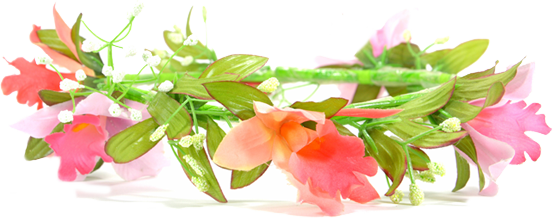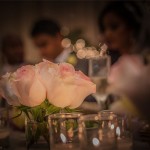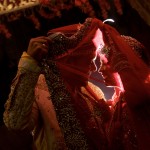What to wear to a Hindu Wedding?
Hindu weddings are known for their long-standing traditions, festivity, food and glorious colour! If you‘re a female guest and you’ve been invited to one, you may be stumped regarding what to wear, particularly if you’re not Hindu yourself.
Here are some options:
Lengha choli – this is a skirt and a top (choli). It’s versatile, since the skirt can be cut in an A-line, straight, umbrella or mermaid style. The fitted top can also be worn many ways – cropped, on the waist or falling on the hip line. The design of the top can be made in the following ways: halter, strapless, cold-shoulder, tank or cap-sleeved.
Salwar kameez – This refers to a pants and top outfit. The pants (salwar) are often drawstring or elastic-waisted and are usually fuller on top and taper to the bottom. More modern salwars are slim and fitted all the way through. The top or kameez is usually loose-fitting and knee-length with two slits at the side. Just like the salwars, the newer styles of kameez are more firm-fitting.
A “dupatta” or long scarf is traditionally worn with the salwar kameez and can be useful for covering your head in the temple during the ceremony, if required. A salwar kameez may be a good choice for outdoor weddings since they are comfortable and may be easier to walk in versus a sari.
Sari – A sari is a length of fabric that typically measures anywhere between 5-9 yards. There are many different ways to wear a sari but the traditional way is with it wrapped and pleated around the waist, with the open end draped over the shoulder. A “choli” or fitted mid-riff top, is worn with a sari, along with an underskirt. However, for the unconventional wedding guest, you can choose to wear any matching, fitted top with a sari.
Western Wear – if you don’t have a sari, salwar kameez or a lengha choli, you can wear Western wear to a Hindu wedding. Some rules of thumb would be that, out of respect, try to avoid short skirts, transparent fabric and revealing tops.
Other tips:
Accessories – You can accessorise a Western outfit with Indian jewelry such as dangling earrings, bangles or a “Maang Tikka,” – which is main jeweled pendant or medallion that is connected to a chain with a hook at the end. This hook is what is attached to your hair, leaving the medallion or pendant to hang on your forehead.
Colours – Some other issues to note would be to avoid wearing white – since this colour is often associated with mourning in the Hindu religion. Perhaps also steer clear of wearing red or yellow, since traditionally, the majority of Hindu brides may choose these colours.
Footwear – You may also be required to remove your footwear before entering the temple for the ceremony.
For more Hindu Wedding inspiration, visit the TW Pinterest board at this link: http://www.pinterest.com/trinidadwedding/hindu-bride-glam/







